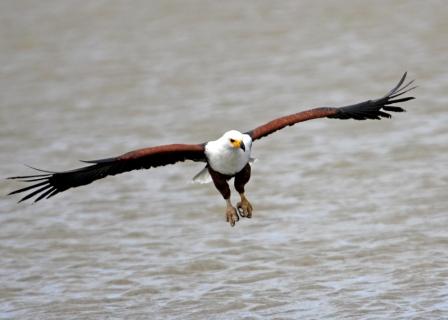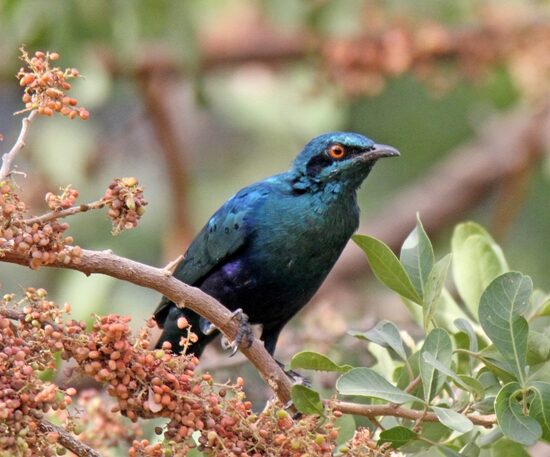Lake Turkana National Parks are constituted of Sibiloi National Park, the South Island and the Central Island National Parks, covering a total area of 161,485 hectares located within the Lake Turkana basin whose total surface area is seven million hectares








